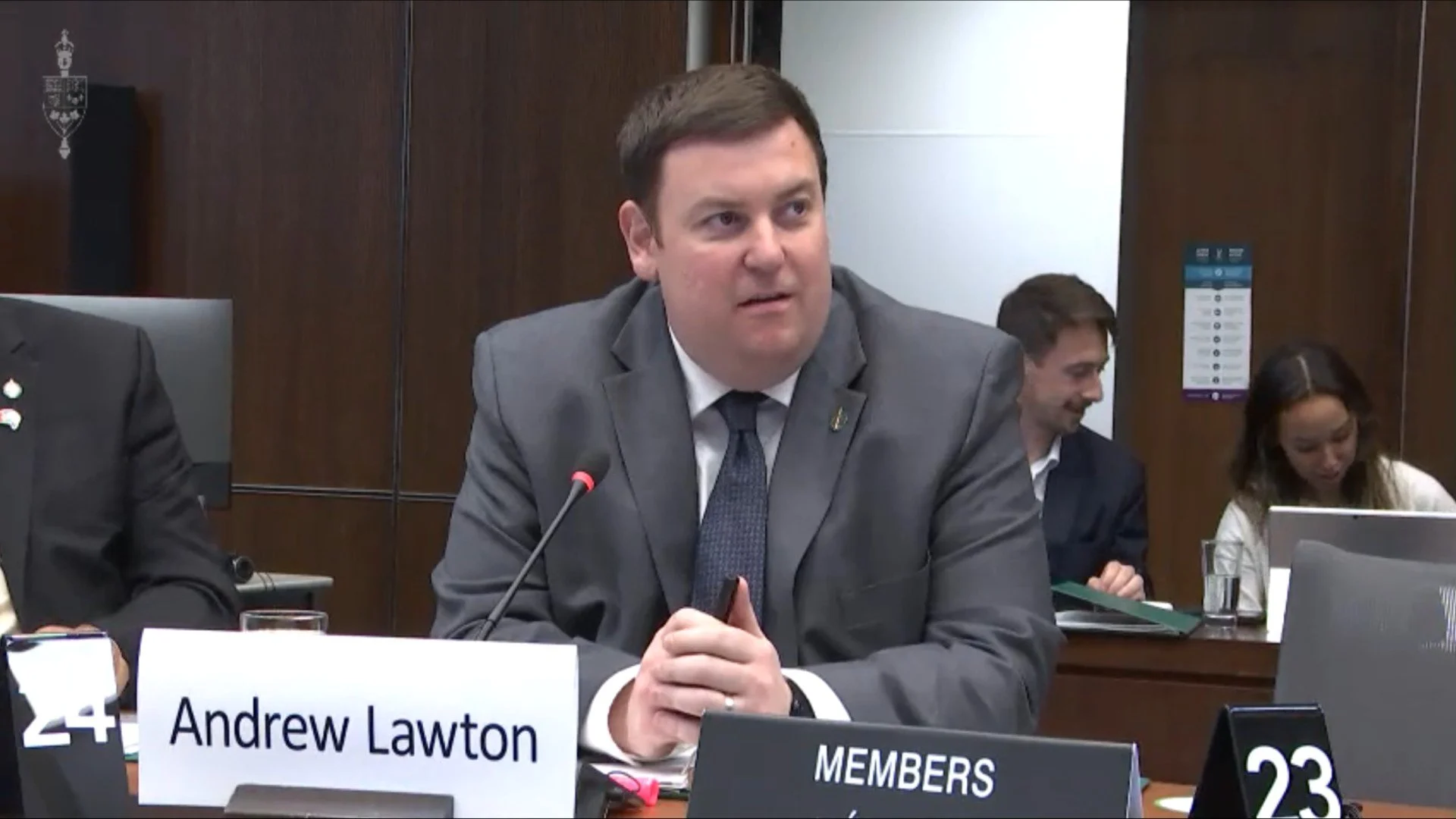Why is the Department of National Defence planning to buy tear gas?
Written by: Brent Patterson
Parliamentary Press Gallery journalist Glen McGregor has tweeted a portion of a “Notice of Proposed Procurement” that suggests that the Department of National Defence intends to purchase 36,000 canisters of a “Riot Control Agent” also described in the document as “Tear Gas”.
The document also notes: “To be delivered to Canadian Forces Ammunition Depot, Dundurn, Saskatchewan by 31 March 2021”.
While the portion of the document visible in the tweet does not include a price, it could be calculated that at about US$26 a canister, the total cost could be more than $1 million.
It’s a matter of speculation of why the military would be ordering tear gas.
That’s especially the case given the Toronto Star recently reported: “It is now banned in wartime, but use against civilians, at least in the U.S., has become commonplace.”
That article further explains that the use of tear gas has been restricted in warfare by the Chemical Weapons Convention since 1997.
CNN has explained: “Included in the agreement was a ban on riot control agents in warfare. Such agents were defined as ‘any chemical not listed in a Schedule, which can produce rapidly in humans sensory irritation or disabling physical effects which disappear within a short time following termination of exposure.’”
Notably, that agreement includes an exemption for law enforcement and “domestic riot control purposes.”
A recent petition, sponsored by NDP Member of Parliament Matthew Green, has called on “the House of Commons to ban the use of tear gas in all its forms in Canada” and for the police and armed forces to destroy their stocks of tear gas.
That petition collected 11,093 signatures, which is sufficient for it to be presented in the House and require the tabling of a response from the Government.
The University of Toronto's International Human Rights Program also recently released a report calling for legislation banning the use of tear gas.
That report concluded: “As is being made clear around the world, the use of tear gas is leading to rampant human rights violations and serious health consequences, while suppressing legitimate political activity.”
Tear gas does not only have a temporary impact. The U of T report notes: “While tear gas is often associated with only short-term effects, there are also serious long-term health consequences associated with these agents.”
It has also been noted in an American Civil Liberties Union report that one person dies for every 600 times police administer tear gas.
And the New York Times recently reported that tear gas “may increase the risk that the coronavirus could spread through the gatherings” and that US Army research found that personnel “had a substantially high risk of being found to have an acute respiratory illness in the days after exposure than the days before.”
As such, the question remains: Why would the Department of National Defence propose to purchase tear gas, a weapon it is prohibited from using in wartime, especially given the risk that it can further spread the coronavirus during a pandemic?
More Articles




